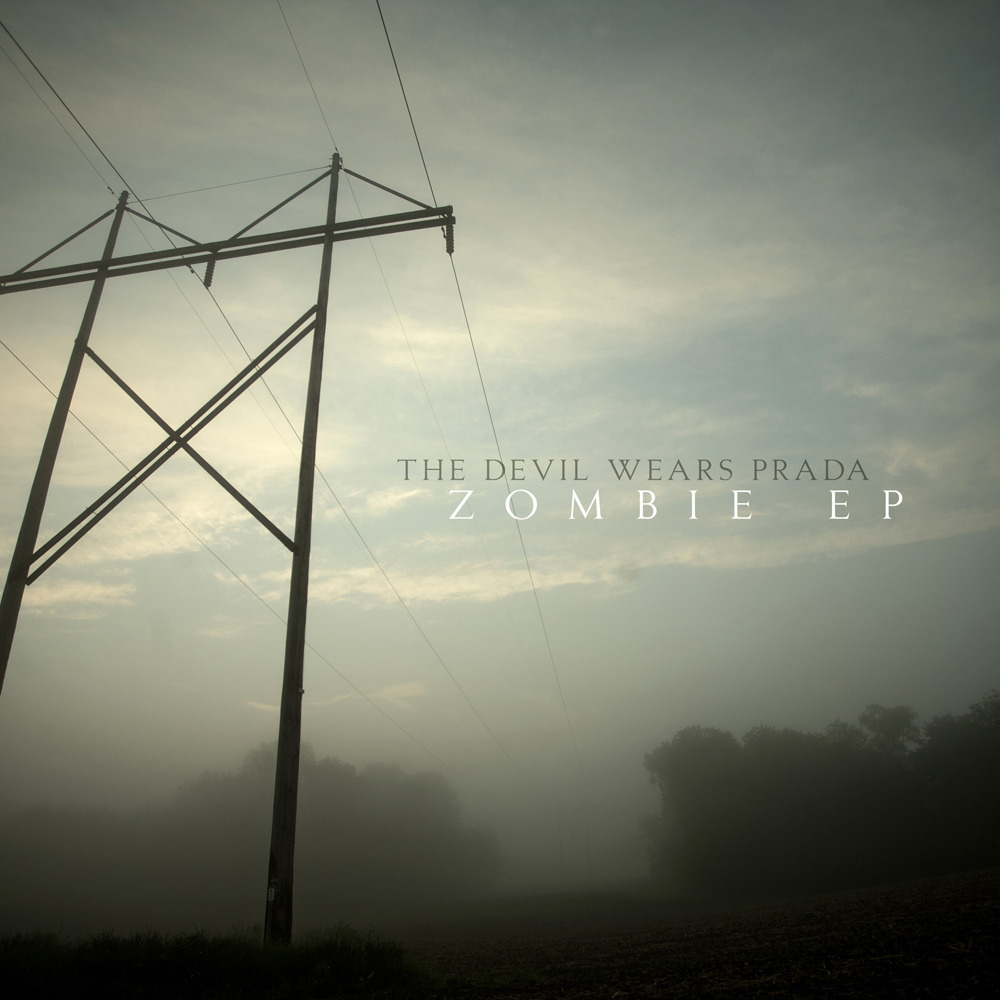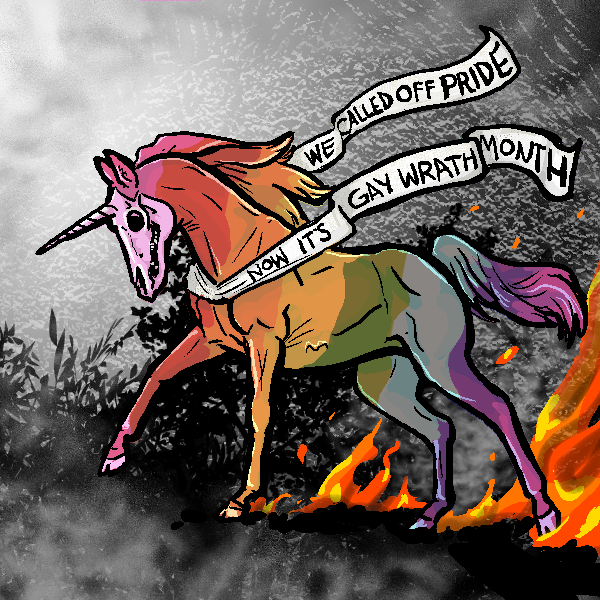there's something werildly racist about this chart assume all the """""western countries"""" would handle it better
God I hate the term "western countries" so much. JFC why not just just call them white countries and get your dog whistle out of the way.
Imagine using sjw unironically and conflating it with US backed capitalism
Quaintly assuming all the white colonial powers will use all the wealth and resources they stole from the rest of the world to protect their own populations.
I've got some free time, let's dive the fuck in.
First, let's look at the actual cases of confirmed coronavirus v their preparedness rating, going from bottom up.
Country | preparedness rank | cases per million people
Equatorial Guinea | 16.2/dead last | 2,261 cases per 1 Million people
Somelia | 16.6 | 202 cases per million
North Korea | 17.5 | ??????
China | 48.2 | 60 infected per million
Netherlands | 75.6 | 3,112 per million
UK | 77.9 | 4,564 per million
USA | 83.5 (even though trump had cut the pandemic response team by this point) | 13,940 per million
So high to low apparent preparedness ordered by actual infected rate
- China (top 20 in terms of lowest cases per million worldwide)
- Somelia
- Equatorial Guinea
- Netherlands
- UK
- USA (top 10 of highest cases per million worldwide)
It's almost like they just made stuff up and didn't do real science when they put out this info graphic! Let's read their explanation of What Went Wrong https://www.ghsindex.org/news/the-us-and-covid-19-leading-the-world-by-ghs-index-score-not-by-response/ Hmm that's just some bullshit and doesn't actually explain why they didn't take those negative factors into the USA's extremely high score... And this "index" was partially funded by the neoliberal Gates foundation. Starting to think they didn't have the purest of intentions....
Anyway i'll end this long comment with a longer scientific dunk of that bullshit index. https://www.ncbi.nlm.nih.gov/pmc/articles/PMC7213809/
I took the real deep dive… and looked at their 324 pages report (tl;dr at the end)…
If you understand how they technically quantified the “preparedness”, you better understand how the US getting such a high score was even possible. I’ll start by explaining which criteria were taken into account to build the index. Then I’ll talk about the US score versus Cuba’s one in a very specific domain.
Their response kinda makes sense because this score is a “Global Health Security Index”, actually not a “Preparedness” index, and in often misrepresented in infographics and articles. To their credit, it attempts to measure “what level of health security your country could provide in a health crisis?”, not “a virus with the same characteristics as COVID-19 specifically”.
It ranks countries based on their average score over 6 categories, divided in subcategories, and the scores are determined by the answers to 140 questions. (Some of) my question are exaggerations but, so that you get the idea, you can expand each category:
1. Prevention of the emergence or release of pathogens
Including: antimicrobial resistance, zoo tonic disease, biosecurity, biosafety, dual-use research and culture responsible science. So basically “Are you a rich country?”, “Did our pharma companies agree to sell you a bit of our drugs?”, “Do you widly practice western medicine in your country?”, “Do you have the same climate as us?”
2. Early detection and reporting for epidemics of potential international concern
Including: laboratory systems, real-time surveillance and reporting, epidemiology workforce, data integration between human, animal and environmental health sectors. So basically “Is there some access to high level education in your country?”, “Is there some access to high level technology in your country?”, “Do you comply with the Clinical Laboratory Improvement Amendments (CLIA) - regulations coming from the CDC applicable to all US facilities?”
3. Rapid response to and mitigation of the spread of an epidemic
Including: emergency preparedness and response planning, exercising response plan, emergency response operation, linking public health and security authorities, risk communication, access to communication infrastructure, trade and travel restrictions. So basically “Are you a rich country?”, “Is there some access to high level technology in your country?”, “Do you have a plan in case of pandemic? Our questionnaire cannot assess how good or bad your plan is, or even your will or capacity to implement it, but is there a plan somewhere?”
4. Sufficient and robust health system to treat the sick and protect health workers
Including: health capacity in clinics, hospitals and community care centres, medical countermeasures and personnel deployment, healthcare access, communications with healthcare workers during a public health emergency, infection control practices and availability of equipment, capacity to test and approve new medical countermeasures. Stuff like “Do you have a document address PPE issues? - not do you have enough PPE, DO YOU HAVE A DOCUMENT??” . I’ll talk more about that one when we get to Cuba.
5. Commitments to improving national capacity, financing plans to address gaps, and adhering to global norms
Including: IHR reporting, cross-border agreements on public health and animal health emergency, international commitments, voluntary memberships, JEE and PVS pathways, financing, commitment to sharing of genetic biological data and specimens. Basically “Are you a rich country?”, “Do we have a free trade agreement?”
6. Overall risk environment and country vulnerability to biological threats
Including: political and security risk, socio-economic resilience, infrastructures adequacy, environmental risks, public health vulnerabilities. So “Are you a rich country?”, “Are you directly suffering right now from deforestation and climate change?”, “Have the US invaded/organized a coup in your country in the past 80 years?”
So yes, under such criteria the US obviously has a high score. But then I found some really crazy stuff.
In “Sufficient and robust health system to treat the sick and protect health workers“, “health capacity in clinics, hospitals and community care centers” is really interesting. Cuba, who has been sending doctors in many countries, receives 32.4% in this sub-category while the US got 60.4%. I was kind of surprised. So I looked precisely at the questions for that one and found their source (for the US and Cuba)
- Doctors per 1’000 people? US: 2.568, Cuba: 7.519
- Nurses per 1’000 people? US: 9.884, Cuba: 7.976
So how come he US get almost double the score while they have almost three times less doctors and just ~25% more nurses? Actually there is a third question for this category. It must be that one that reversed the scores. Let’s see…
- Does the country have a health workforce strategy in place (which has been updated in the past five years) to identify fields where there is an insufficient workforce and strategies to address these shortcomings?
Well, to answer that question, their source was “JEE assessments; The Economist Intelligence Unit analyst qualitative assessment based on official national sources, which vary by country.”
I did not go as far as checking the source’s sources. But I think now, if it was not the case before, everybody get the idea.
tl;dr: the original report is not even hiding that this is just “hey, here is a list of countries we like that do things like the US are doing.”, and not “what if there was COVID? Who would handle it better?”
Does the country have a health workforce strategy in place (which has been updated in the past five years) to identify fields where there is an insufficient workforce and strategies to address these shortcomings?
How can one possibly see a planned economy and answer 'no' to this question…
But has their process been updated in the last five years? Having a planned economy is well and good, but what about perpetual QI work and accreditation changes to nibble around the margins of a fundamentally broken system?
EDIT: wow this is the first time I receive :sankara-salute:-gold! thank you kind stranger!
Pretty much par for the course for most international ‘ratings’ agencies.
You’d think after the credit rating agencies collectively shat the bed back in 2008, people would be more skeptical.
Can't have a second wave if your first wave never ends.
Man_tapping_forehead_meme_.jpg
Based on Google's stats they had 377 deaths per million people which is the 14th worst, but still better than the us or uk.
I remember them as Europe's travel hub while most of us had locked down lol. My friend had gone to visit Japan and all the flights back to Germany were cancelled, but she could get a flight to Amsterdam and then a train down. Nobody checked her at all. So e.g. if you wanted to legally, easily cross from France to Germany your best bet was through Amsterdam.







